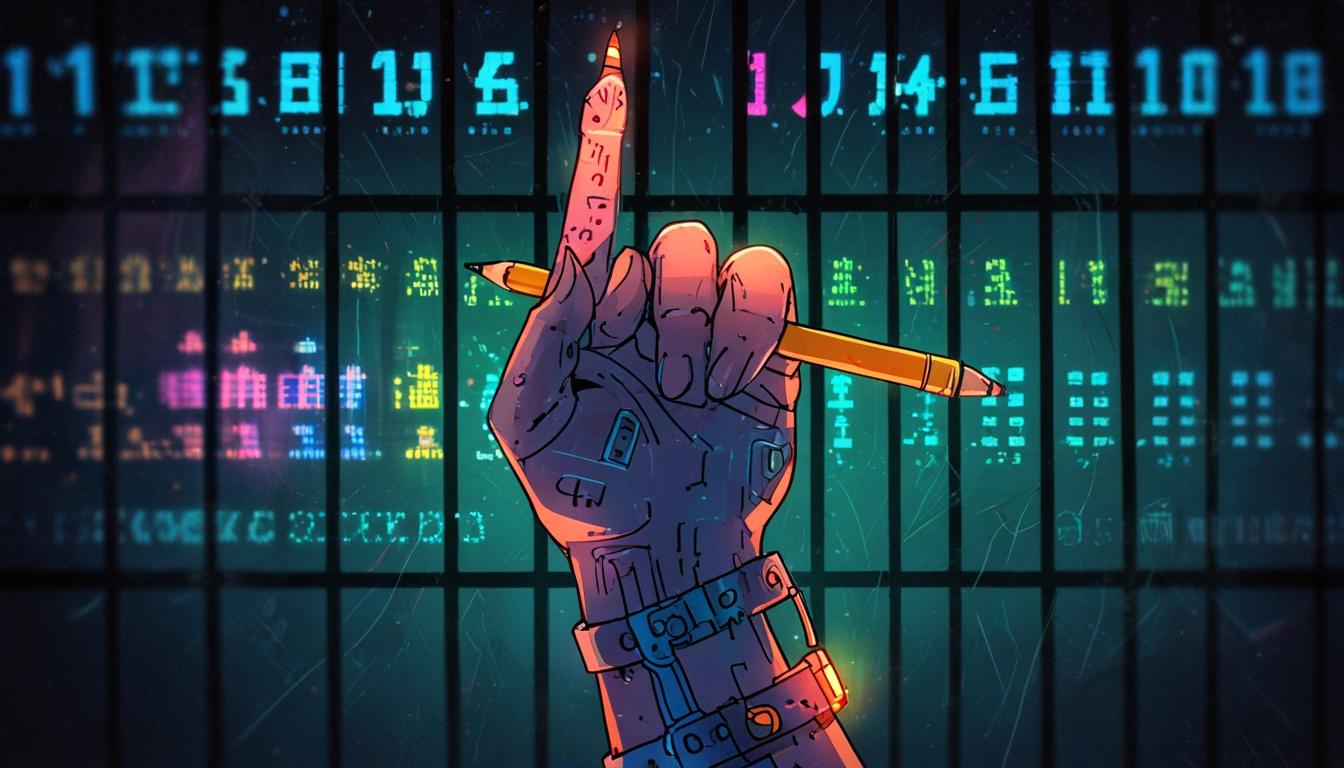In a significant move that highlights the tension between technology and creative rights, over 400 esteemed artists, including Elton John, Coldplay, and Dua Lipa, have urged the UK government to reform copyright laws to safeguard their works from potential exploitation by artificial intelligence (AI). The collective call to action, which features notable figures such as Paul McCartney and Florence Welch, emphasizes the need for a proactive stance against AI's encroachment on artistic integrity.
The petition comes ahead of an imminent vote in the House of Lords on an amendment to the Data (Use and Access) Bill, which seeks to mandate AI developers to disclose the copyrighted materials used during their model training processes. Currently, under UK law, data mining for non-commercial purposes is allowed by default, placing the onus on creators to opt out of data mining for commercial uses. This administrative hurdle has raised concerns within the creative community about the potential for increased infringement on their rights as technology continues to advance.
The artists assert that creative copyright is not merely a financial necessity but a vital component of the UK's cultural fabric, supporting approximately 2.4 million jobs across various sectors. Their letter to Prime Minister Keir Starmer argues that without rigorous protection, the UK risks undermining its status as a global leader in creativity while jeopardising the financial stability of countless artists. As McCartney pointedly remarked earlier this year, "You get young guys, girls, coming up, and they write a beautiful song, and they don’t own it." This sentiment resonates with many in the industry who feel vulnerable in the face of rapidly evolving technology.
Elton John has reiterated these concerns, warning that advancements in AI should not come at the expense of artists' livelihoods. According to him, a failure to amend current legislation might result in major tech companies having unfettered access to artistic works, thus fostering a marketplace where human creativity is diluted by mass-produced, AI-generated content. He describes the potential prevalence of AI in artistry as a systematic dismantling of the protections that creatives have relied upon for their work.
Notable voices like Jimmy Page have also weighed in, cautioning that AI's indiscriminate scraping of creative works is not merely a technical issue but raises profound ethical dilemmas. He argues that the unregulated use of human creativity by AI, without proper consent or compensation, skews the very definition of innovation toward exploitation. Similarly, Queen's Brian May expressed fears that the current legislative environment could signal an era of irreversible "theft" of creative works.
In a parallel protest, over 1,000 artists, including Kate Bush and Damon Albarn, released a silent album titled "Is This What We Want?" This unconventional project, consisting of 12 tracks of empty studio recordings, symbolises the silent threat posed to artistic ownership and creative expression. The album serves not only as a protest but also aims to raise funds for the charity Help Musicians, highlighting the pressing need for sustainable support within the community.
As the consultation period on these legislative changes approaches its conclusion, the creative sector remains adamant about the need for transparency and a fair licensing system that adequately protects artists' rights. Many creators worry that the government’s preference for an ongoing consultation process, rather than immediate legislative action, may enable tech companies to exploit loopholes in the existing framework.
While the bureaucratic discussions continue, the arts community stands united in their call for reform, affirming that any scaffold of innovation must encompass the rights and inputs of those who shape the creative landscape. As the debate unfolds, it will undoubtedly determine the future relationship between technology and creativity in the UK, a nexus critical to maintain in a world increasingly influenced by AI.
Reference Map
- Paragraphs 1, 2, 4, 5, 6
- Paragraphs 1, 3, 4, 5, 6
- Paragraphs 1, 3, 4, 5
- Paragraphs 2, 3, 4, 5
- Paragraph 6
- Paragraph 6
- Paragraph 4, 5
Source: Noah Wire Services
